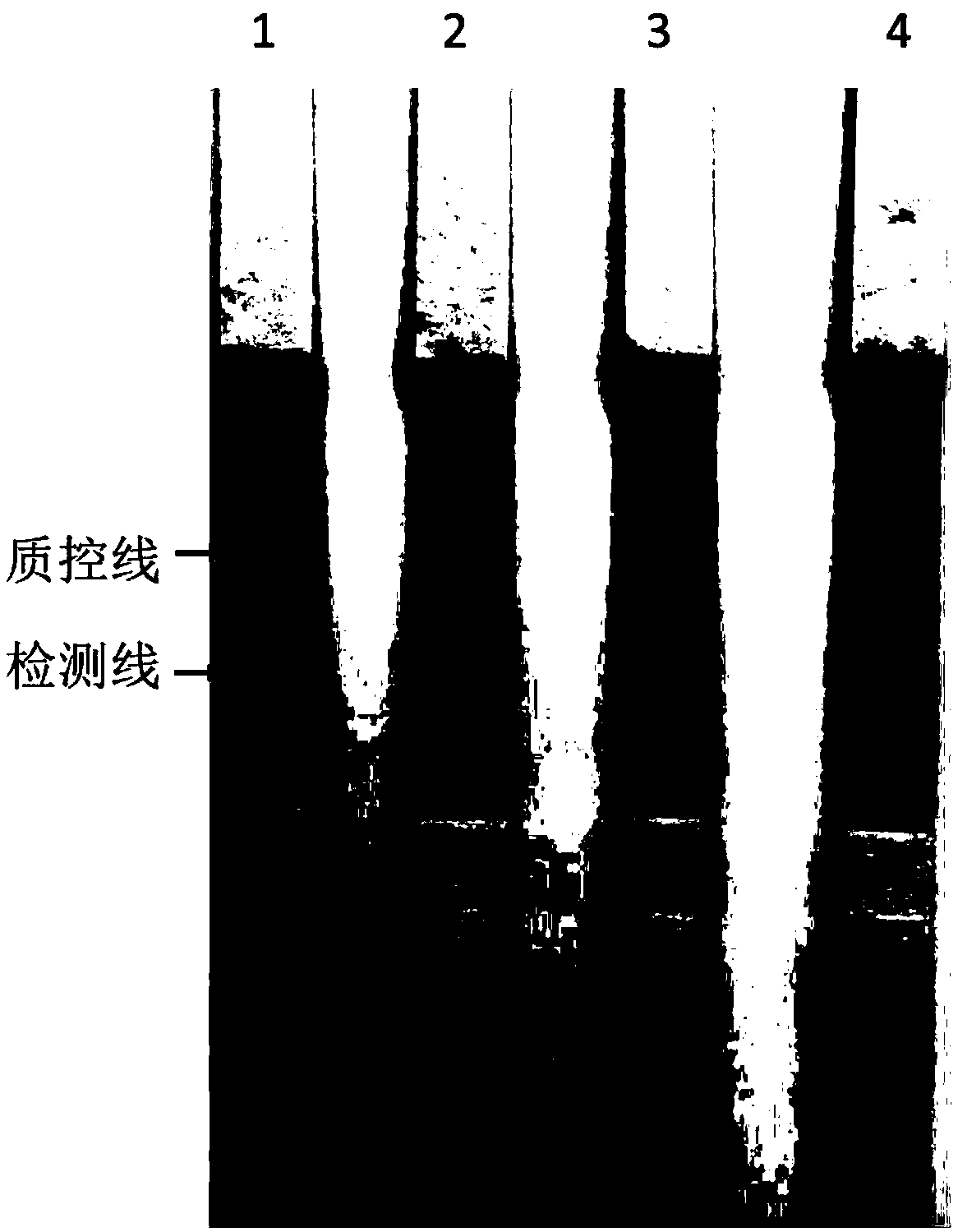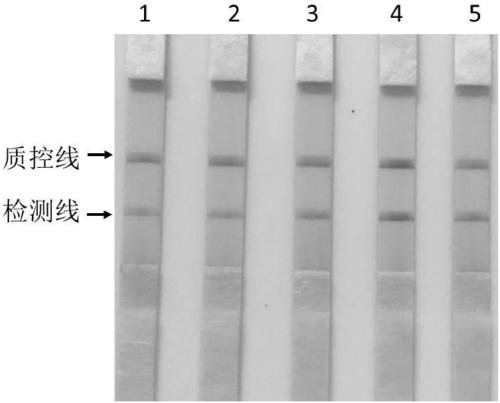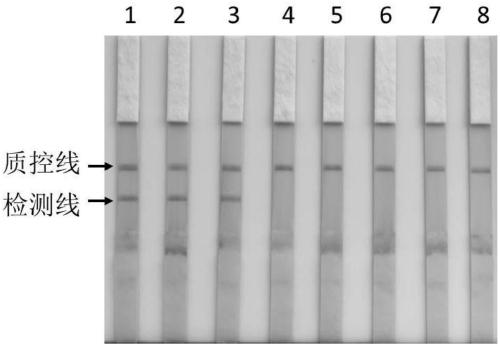Babesia motasi detection kit
A technology for describing Babesia mohei and a detection kit, which is applied to the determination/inspection of microorganisms, DNA/RNA fragments, recombinant DNA technology, etc. It is not conducive to problems such as rapid detection, and achieves the effect of simple operation, high sensitivity and high specificity
- Summary
- Abstract
- Description
- Claims
- Application Information
AI Technical Summary
Problems solved by technology
Method used
Image
Examples
Embodiment 1
[0044] Example 1: Optimization of optimal reaction temperature and time for constant temperature amplification of cross primers
[0045] 1. Blood Genomic DNA Extraction
[0046] Blood DNA was extracted with QIAamp DNAMini Kit (Qiagen, Germany), and the specific operation steps were carried out according to the instructions.
[0047] 2. Primer Design
[0048] According to the 18S rRNA gene sequences of Babesia mosoni, Xinjiang strain of Babesia undetermined species, Theileria ovis, Theileria yoshii, etc. published by GenBank, after comparative analysis, a cross-amplified sequence was designed for species conservation and interspecies variation. Amplifying primers, the target sequence selection is located at the 5' end of 18S rRNA, and the amplification length is 150bp.
[0049] Replacement primer LT-5a: 5'-GCTAATTGTAGGGCTAATACAAG-3'
[0050] Replacement primer LT-4s: 5'-CTTGAATGGAACATCGCTAA-3'
[0051] Cross primer LT-2a1s:
[0052] 5'-CGATGCCTTTTGGCGGCGCGATTCGCAAGTTTATTAT...
Embodiment 2
[0068] Example 2: Specific detection of cross primer amplification detection
[0069] 1. Genomic DNA extraction of Piroplasma sheep
[0070] The Lintan strain of Babesia molovi stored at -20°C was positive, the Babesia motsui Hebei strain was positive, the Babesia motsui Ningxian strain was positive, the Babesia undetermined species Xinjiang strain was positive, Theileria ovis was positive, Youshi 200 μL of sheep blood that was positive for Theileria and negative for Piroplasma was extracted with QIAamp DNA Mini Kit (Qiagen, Germany), and the specific operation steps were performed according to the instructions.
[0071] 2. Isothermal Amplification of Cross Primers
[0072] reaction system:
[0073]
[0074]
[0075] The above-mentioned reaction tubes were reacted at 63°C for 50 minutes and inactivated at 80°C for 2 minutes.
[0076] 3. Amplified product test strip detection
[0077] Take 10 μL of the above reaction product, drop it onto the absorbent pad of the chro...
Embodiment 3
[0083] Embodiment 3: the sensitivity test of cross primer amplification
[0084] 1. Babesia mosoni merozoite DNA extraction
[0085] Take 100 μL of purified merozoites of Babesia moschii Lintan strain stored at -80°C and extract them with QIAamp DNA Mini Kit (Qiagen, Germany). The specific operation steps refer to the instructions.
[0086] 2. Preparation of Genomic DNA Gradient Dilution Samples
[0087] The extracted genomic DNA samples of Babesia moseni merozoites were measured with a micro-nucleic acid analyzer (NanoDrop 2000, Thermo Scientific, USA). The concentration is 20ng / μL, and the genomic DNA sample is serially diluted with ultrapure water, 4ng / μL, 800pg / μL, 160pg / μL, 32pg / μL, 6.4pg / μL, 1.28pg / μL, 0.3pg / μL , 0.06pg / μL, 0.012pg / μL.
[0088] 3. Isothermal Amplification of Cross Primers
[0089] reaction system:
[0090]
[0091] The above-mentioned reaction tubes were reacted at 63°C for 50 minutes and inactivated at 80°C for 2 minutes.
[0092] 4. Analysis o...
PUM
 Login to View More
Login to View More Abstract
Description
Claims
Application Information
 Login to View More
Login to View More - R&D
- Intellectual Property
- Life Sciences
- Materials
- Tech Scout
- Unparalleled Data Quality
- Higher Quality Content
- 60% Fewer Hallucinations
Browse by: Latest US Patents, China's latest patents, Technical Efficacy Thesaurus, Application Domain, Technology Topic, Popular Technical Reports.
© 2025 PatSnap. All rights reserved.Legal|Privacy policy|Modern Slavery Act Transparency Statement|Sitemap|About US| Contact US: help@patsnap.com



